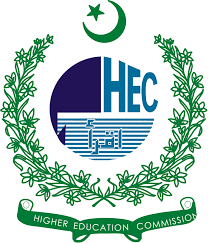INVESTIGATING DEGREE-BASED TOPOLOGICAL INDICES AND ENTROPY IN SILICATE NETWORKS
DOI:
https://doi.org/10.71146/kjmr260Keywords:
Silicate Networks, Topological Indices, Harmonic K-Banhatti Index, K-Banhatti Somber Index, K-Banhatti Somber Reduced Index, Network EntropyAbstract
Topological indices are numerical parameters that reflect the structural features of molecular systems. This research compute some degree based topological indices of 2-Dimensional, Triangular, and Rhombus Silicate networks using graph theory, which is a representation of complicated chemical and physical networks. In particular, we evaluate the Harmonic K-Banhatti Index (HKB), K-Banhatti Sombor Index (KBS), K-Banhatti Sombor Reduced Index (KBSR), and other related classes of entropy to measure the structural complexity and growth phenomena of these networks. The results of this study also confirm the conjecture that KBS R index is the most sensitive to the topological changes and growth dominates networks with the highest entropy. Performance and entropy analysis of structures reflections reveals that with certain values of the size parameter k there exists some level of network complexity . This study investigates the mathematical expression of silicate networks, intermediate between network science, chemical modeling, materials science, and provides the precise computational tools with modern algorithm via MATLAB
Downloads

Downloads
Published
Issue
Section
License
Copyright (c) 2025 Pakeeza Zafar, Muazzam Ali, Muhammad Azam, M U Hashmi (Author); Saira Sarwar, Hunza Zia (Translator)

This work is licensed under a Creative Commons Attribution 4.0 International License.






